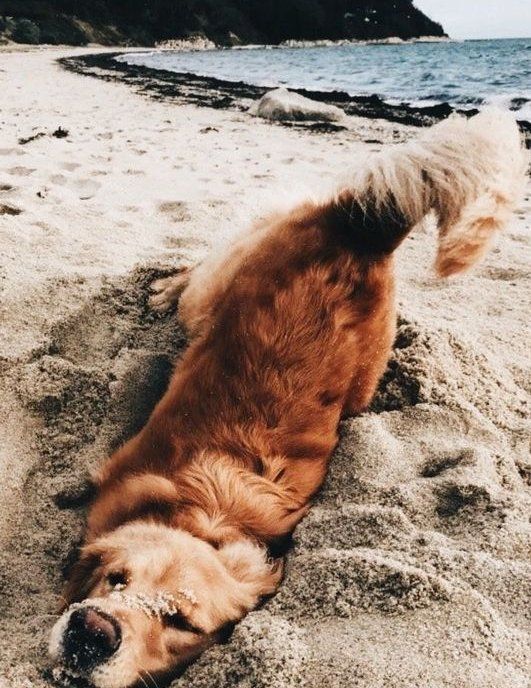Few sights terrify cyclists more than an unattended dog suddenly giving chase, closing quickly and nipping at pedaling heels. From the canine perspective, bikes represent confusing contraptions triggering prey drive kicking into overdrive at warp speed. For community safety plus your pup’s wellbeing, properly desensitizing dogs to passing bicycles prevents disastrous accidents or lawsuits from unhappy neighbors. Here’s how to responsibly curb those chaotic bike-chasing behaviors for good.
Keep Dogs Secured Initially
Since it only takes one upsetting incident getting loose destroying trust and habitat access, start harnessing dogs indoors, behind fences or on long leads anytime bicyclists frequent while completing training. Preventing rehearsal of intricate chasing skill patterns helps enormously containing the problem safely.
Gather Reinforcement Resources
Come equipped with plentiful tasty treats, clickers, favorite squeaky toys and hungry focus making private training sessions extremely rewarding. For heavy prey drive redirection, stuff food puzzles disguising prizes, outfit remote collar tabs delivering audible cues, or stash roller toys releasing kibble when chased – anything sustaining doggy motivation zoning in on you.

Assess Individual Comfort Distances
Note how close cyclists can pedal before passing dogs react beyond acceptable thresholds. Is it 50 feet? 20 yards? 100 meters? Pinpointing this sweet spot allows careful setups keeping exposures sub-reaction while avoiding overwhelm torpedoing progress. Trainer assistance objectively determines ideal starting points.
Practice Marker Training Basics
Leverage conditioned marking techniques associating clicks, verbal cues and treats the instant a non-reactive sighting occurs. Say “Yes!” marking then immediately rewarding any bikes catching mere attention without incident. Slowly decrease how distant successfully passing cyclists must be to earn rewards through consistency, gradually acclimating closer exposures.
Generalize to More Environments
Once able retaining relaxed composure as cyclists fill fields of vision up close, take skills back on neighborhood walks, then public parks and popular trailsides. Vary speeds, sizes and ages of passing bikes to proof skills generalize well ignoring wheels and pedals no matter what configurations roll on by. Use long lines preventing problematic chasing until bombproofing finishes.
Dedication trumps breed – with bespoke counterconditioning structure applied compassionately, even high prey drive dogs unconditionally adapt stopping problematic bike chasing permanently through positive associations. Pedal on peacefully!

Frequently Asked Questions
What if my pup still manages slipping loose somehow when bikes pass?
Consider basket muzzles preventing bites plus lost dog recovery collars during training phases should an incident occur. But ultimately, failproof physical restraint and hypervigilance remain essential ensuring everyone’s safety where bike reactivity struggles continue.
My senior dog now dislikes wheeled objects like carts, prams or skateboards. Why?
Advancing age and declining senses frequently instill perceived vulnerability towards anything rapidly approaching dogs suddenly. Retraining confidence and non-reactivity around all wheels/motion follows the same reward-based principles easing anxiety.
How else can I prevent bike chasing?
Teaching alternative pre-alert cues like “Get busy!” redirecting attention to plush grabs, puzzle snacks or training tricks refocuses dogs on sanctioned play before concerning wheels encroach on attention spans.
Stay dedicated – with time, consistency and incentives prioritizing you over bicycles, dogs understand passing opportunities just roll on by rather than stirring chaotic chasing instincts kicking in gear. Pedal forth calmly!



